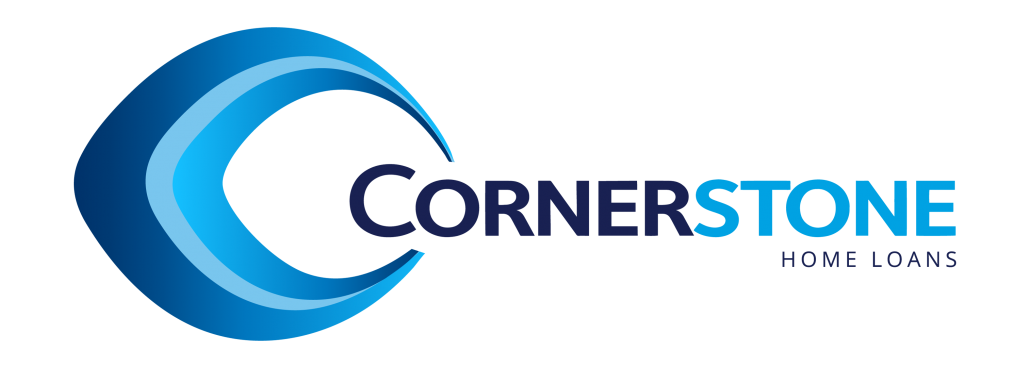Does the gig economy make it harder to get a mortgage?
For lenders, the ideal customer has a steady income, ongoing employment and the ‘right’ paperwork. Here’s what you can do to get a loan in the gig economy.
From launching a start-up, to contracting in the ‘expert economy’ or just renting out the spare room as an Airbnb, more and more Australians have sources of income that would have been considered unusual even a decade ago.
According to Independent Contractors Australia, self-employed workers – in what is widely called the ‘gig economy’ – now total more than 17 per cent of the Australian workforce. That’s two million people who don’t conform to the conventional definition of steady employment.
However, it’s when those two million Australians look for a home loan that their work status has consequences.
Lenders consider gig workers risky. The income from these jobs is variable and difficult to prove, and can come with costs that make it difficult to save. Think of the freelance photographer investing in equipment, or the costs involved in starting up a business before those first leads are generated.
Nearly a fifth of Australians have experienced being turned down for a loan – with just over a quarter of those people being denied due to their flexible work status. If you’re in the gig economy and thinking of entering the housing market, here are the risks to be aware of, and some strategies to consider to give yourself the best chance of securing your loan.
Think like a lender
For a lender, the ideal borrower has a predictable income stream, a single employer, and a strong credit score. Banks have an obligation under law to ensure that the credit contract is “not unsuitable” for the consumer, and the Banking Royal Commission has called for stricter implementation of this duty. It has also brought greater public scrutiny on lenders.
But the models that banks rely on to assess a borrower’s loan serviceability and risk are based on a traditional view of employment. If you are self-employed, you may fall short of the standard – even though you’re a strong candidate for a loan. Thankfully there are ways of proving your viability.
Lenders use documents to prove the consistent income required to keep up with payments. As you likely won’t have regular payslips, typically this is two years of tax returns – so make sure yours are up to date.
If you’ve set your business up to be tax efficient, that may not work in your favour as you’ll have a lower taxable income, which will limit your borrowing capacity. If you’re new to freelancing, or growing a business, you also might have a lower income or higher outgoings.
It’s worth letting your accountant know you’re looking for a loan, so they can structure your financials accordingly, or consider the timing of your loan so your figures look more appealing to a lender.
If you don’t have these documents, there is another option: a low documentation home loan. Instead of payslips or tax returns, you’ll be able to provide other documents like bank statements from the past 12 months, recent Business Activity Statements (BAS) or a letter from your accountant verifying your income. These low documentation loans can have higher interest rates than a full documentation loan, however.
Finally, find out about your credit history. You can check your rating online, and then take active steps to improve it. One of the simplest measures is to always pay bills on time, but you should also avoid applying for any other credit cards or loans in the lead up to your house hunt.
Spending up to your credit limit can also have a negative effect. And make sure you pay off your instalments on time for services such as Afterpay – their terms allow them to perform credit checks and to report negative activity on your account to credit rating agencies.
Know your limits
Beyond documentation, you’ll ideally have the deposit amount in full, and you’ll need to be confident of the future income to service the loan. While it can be hard given startup and business equipment costs, having 20 per cent of the price saved for a deposit will increase your chances too – as most lenders like to limit their exposure to a loan-to-value ratio of 80 per cent.
“Lenders use documents to prove the consistent income required to keep up with payments. As you likely won’t have regular payslips, typically this is two years of tax returns – so make sure yours are up to date.”
With fluctuating income, having realistic expectations about the kind of property you can afford – both in terms of deposit, and ongoing repayments – becomes very important.
Speaking to a lender or a broker sooner rather than later means you’ll be able to understand your borrowing power, so that you don’t waste time looking for properties outside your means, or get emotionally attached to a dream home that’s out of reach.
Once you’ve got your deposit together and your documents in order, a broker can help advocate on your behalf. Be confident in asking the questions you need answered, so that you understand the full costs of financing the loan and what your obligations are.
The new normal?
We’re in a world where the gig economy is booming, but banks are required to put increased scrutiny on factors like income and ability to make payments.
In the US, over one third of workers are employed in the gig economy, either through their primary or secondary jobs, which suggests that Australia may be about to follow suit. As more and more workers become employed in these sorts of jobs, lenders will need to be open to wider loan criteria.
Being a gig economy worker does not have to be a barrier to obtaining a mortgage. If you’ve got the capacity, and have been diligent with your accounting, then you’ll be in the best place to secure a loan from a smart lender and enter the housing market.




